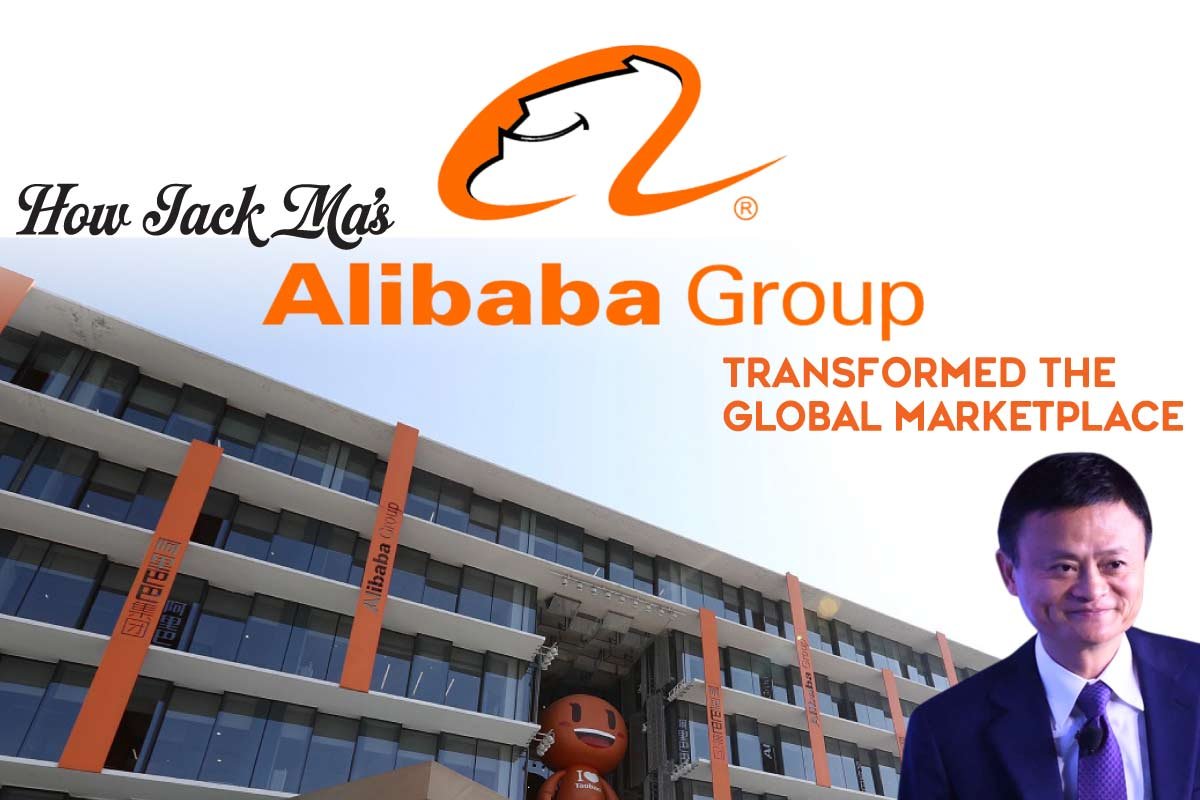Microsoft could be one of the first successful dropout stories I have ever heard of. A Harvard College dropout, Bill Gates, and his childhood friend Paul Allen established the bedrock for Microsoft in 1975, which has become the biggest software company in the world. Have you ever wondered how it reached the position it is in right now? It is well-known for the Windows Operating System Software and Office Application Suites. Although iPhone and Android dominate the market, what makes Microsoft a leader in the tech world?
In a world full of Googles, Apples, and IBMs, Microsoft may seem a little outdated and muddled in the mix. However, the company still stands as a pillar of the software tech world. It came into the picture when very few people were aware of computer technology, and there were limited users of it. A few key points you should be aware of about Microsoft are:
- Microsoft is the world’s largest software maker.
- People have great utility for software.
- It is not just a software maker anymore.
These factors explain the ever-increasing graph of the company’s success. Strong leadership, consistency in innovation, trust in every employee, etc., contribute to making it a leader in the software world.
The mission and vision statement of every organization decide the direction of development and create a basement for the ideology of the company. Microsoft’s mission is “To empower every person and every organization on the planet to achieve more.” Thereafter, its vision is “To help people and businesses throughout the world realize their full potential.” Its vision and mission have helped the company increase efficiency and productivity.
Microsoft’s Leadership
When Satya Nadella undertook the position of Chief Executive Officer (CEO) in 2014, the company’s revenue graph saw a surge in the market position. He made an aggressive move into the field of cloud computing and services. Its Azure cloud computing system advocates a strong percentage of market share, second only to Amazon Web Services (AWS). It accounts for around a remarkable share of the overall revenue of the company. The revenue of the organization topped $198 billion in 2022 and earned $8 billion as part of its operating income. Having a 33% profit margin in Nadella’s regime is considered larger than Apple and Alphabet.
In 2000, Steve Ballmer became the CEO of the company. He was a fellow student of Bill Gates at Harvard University. During the initial days, there was little concern over Ballmer’s ability; still, it maintained its top position in both the business and personal computer markets.
Microsoft Office Login 365
The American multinational technology giant and its subsidiary products are used by approximately 1.9 billion people across the world in 192 countries. The software is adopted by all the companies that are part of the Big Fortune 500 and are making good strides in their success. MS Office Login 365, a cloud-based service of the company, provides secure access to users to cloud-based productivity tools. It supports Word, Excel, PowerPoint, and Outlook. Users can log in to the MS Store, other services, and applications with the help of an MS Office login 365 subscription.
The Man behind the Curtains:
Let us explore some lesser-known facts about Bill Gates, who is the man behind the success of the tech giant.
Bill Gates
- Bill Gates, the principal founder of the company, is also known as William Henry Gates III. He dropped out of Harvard University at the age of 19 years.
- He became a billionaire at the age of 31. Furthermore, he has become the richest man in the world 24 times in a row.
- Bill Gates owns the world’s largest private charitable foundation with his wife Melinda.
- He likes to wash the dinner dishes himself and says, “Other people volunteer, but I like the way I do it.”
- He owns a private jet, which he calls his “guilty pleasure” and “his big splurge.” His jet is huge and must be expensive to maintain and fly.
Turning Points in the History of Microsoft:
- 1978: ASCII had become the company’s first office in Japan.
- 1980: Bill Gates sold DOS for $80,000 for IBM PC and kept the copyright for himself.
- 1981: Microsoft released MS-DOS to run on IBM personal computers.
- 1985: Windows 1.0, the first version of an operating system, is launched.
- 1987: Windows 2.0 is launched, and Microsoft became more common in workplaces.
- 1990: Windows 3.0 is launched and supports multitasking and advanced graphics.
- 1995: Internet Explorer and Windows 95 are launched.
- 2000: Steve Ballmer becomes CEO of the company, who is a fellow student of Bill Gates.
- 2001: Xbox, a video gaming brand, and Windows XP are released.
- 2008: Bill Gates retires as the Chief Software Architect and devotes himself to philanthropy.
- 2011: It acquires Skype for $8.5 billion.
- 2014: Satya Nadella became CEO of the company and shaped its Cloud Computing Services.
- 2016: The company makes the boldest move by buying LinkedIn for $28.2 billion.
Biggest Tech Giant
Microsoft is developing, licensing, and supporting a variety of software products and services that meet different requirements of the tech world. Its primary strengths and most of its profits were obtained from the business field. The company had a major presence in the consumer market since it was recognized based on its technological advances. In 1975, the most renowned Altair deal motivated Bill Gates and his childhood friend Paul Allen to establish the company’s foundation stone. In 1975, the revenue of the company was $16,000.
Started from Scratch
Forming a partnership with IBM was the biggest break for Microsoft because it started providing a pivotal operating system like DOS. It used to get loyalty for every sold IBM Computer. The introduction of Windows 3.0 made a huge surge in the graph of Microsoft’s revenue. Till today, IBM has sold 60 million copies of Windows, which made Microsoft the only keeper of the PC software. Before 1990, it was the primary supplier of hardware manufacturers.
First to Earn $1 Billion
When technology started getting advanced, and people admired using personal computers, the bulk revenue of the company was generated from sales to consumers. Microsoft became the first software company to earn $1 billion in revenue in the market. When different versions of Windows were set up, the company recorded a higher market share of PCs (90%) in the world.
The tech giant provides numerous products in the market that share a significant portion of the total revenue of the company. Each of them focuses on businesses and business customers. Initially, Microsoft’s products were majorly desktop apps and hardware-oriented. However, things have been transforming in the last few years; it is manufacturing a slew of distinct online and mobile apps that can be used individually.
Popular Products: (DIAGRAM)
- Microsoft Windows
- Bing
- MS-DOS
- Skype
- Windows Phone
- Solitaire
- Visual Studio
- Xbox 360
- MS Office
- Internet Explorer
- Microsoft Azure
Here, we discuss features of one of its products: MS Excel
MS Excel is a practical tool used in all offices. Almost every company uses this spreadsheet tool for better performance. It has features like:
- Inserting random numbers and filtering the data
- Quick Sum of numbers (Makes Math easier than ever before!)
- Time-Saving Short-Cut Keys
- Goal-seeking analyzing tools
- Insert Serial Numbers
- Ideal Business Model
Microsoft has shown an outstanding business model and set an ideal example of a revenue model for upcoming software companies. Today, many of them are following it to earn major profits and invest wisely. The foremost revenue and profit come from selling a wide range of software and hardware products. Furthermore, it includes developing, manufacturing, licensing, and supporting cloud-based services. The cloud-based services of the company generate a suitable platform for digital advertising, which makes services reach a global audience.
There are three foremost segments of Microsoft Revenue Generation:
- Business Processes and Productivity – It includes earnings from the sale and licensing of software products and cloud services for various devices and platforms. For example, Skype Office 365 Suite, Outlook.com, etc.
- Intelligent Cloud – In the intelligent cloud, Microsoft’s server products and cloud storage services are included. Microsoft Azure and Windows Service are part of Microsoft’s commercial strategy.
- Personal Computing – It generates revenue from the company’s services and products that support developers, professionals, and end-users. Windows OS, Windows Phones, etc., are part of personal computing.
Rising above Challenges: The Concluding Note
Just like every other successful organization, Microsoft is also facing certain challenges in its functioning. The paramount problem it has is to crack its products in the mobile market. Apple’s share in the market is 14.8%, and Android’s share is 80.2%; however, the company has only a 3.2% share of total products. Unable to break mobile products into the market is another big challenge in front of it. Thereafter, the company has another concern in front of it regarding the ecosystem. Its platforms are not up to the mark except for Office 365. Its Windows Store is the fifth size of the App Store in Google Play. Internet Explorer could not perform well compared to Google’s Chrome Browser.


















